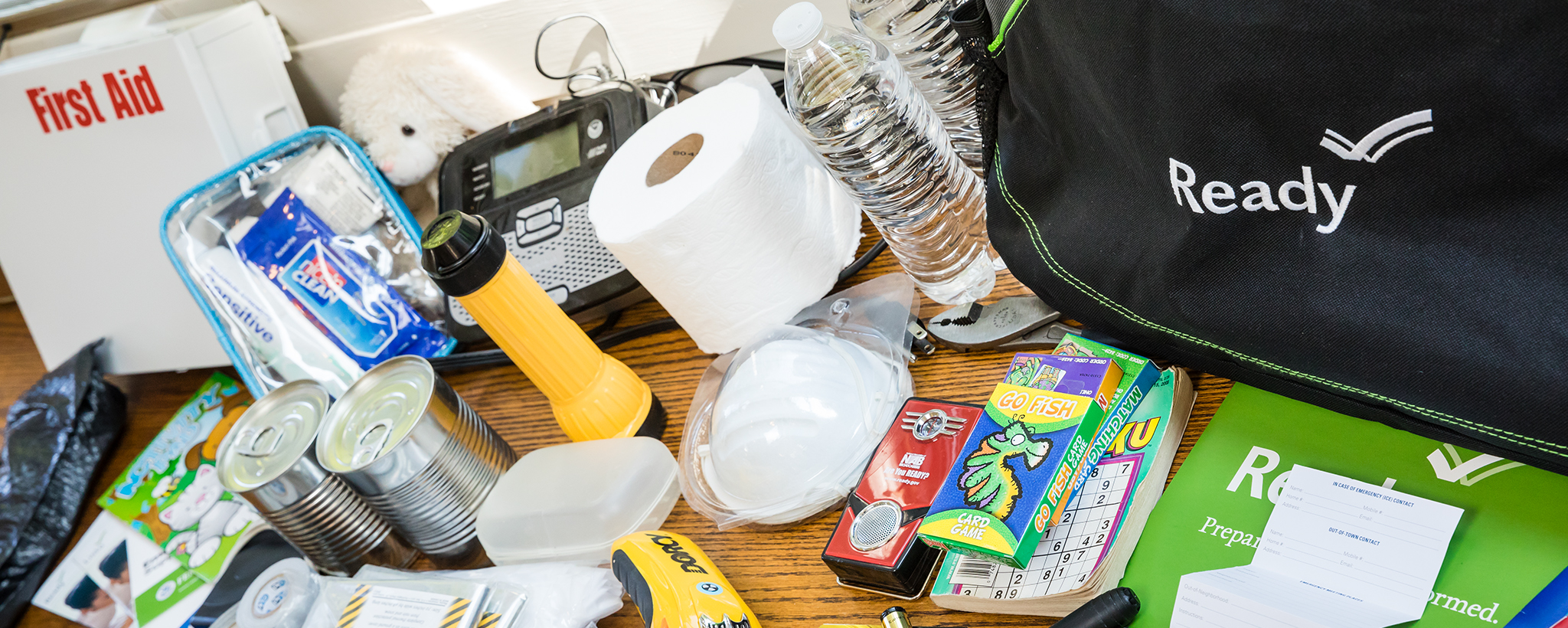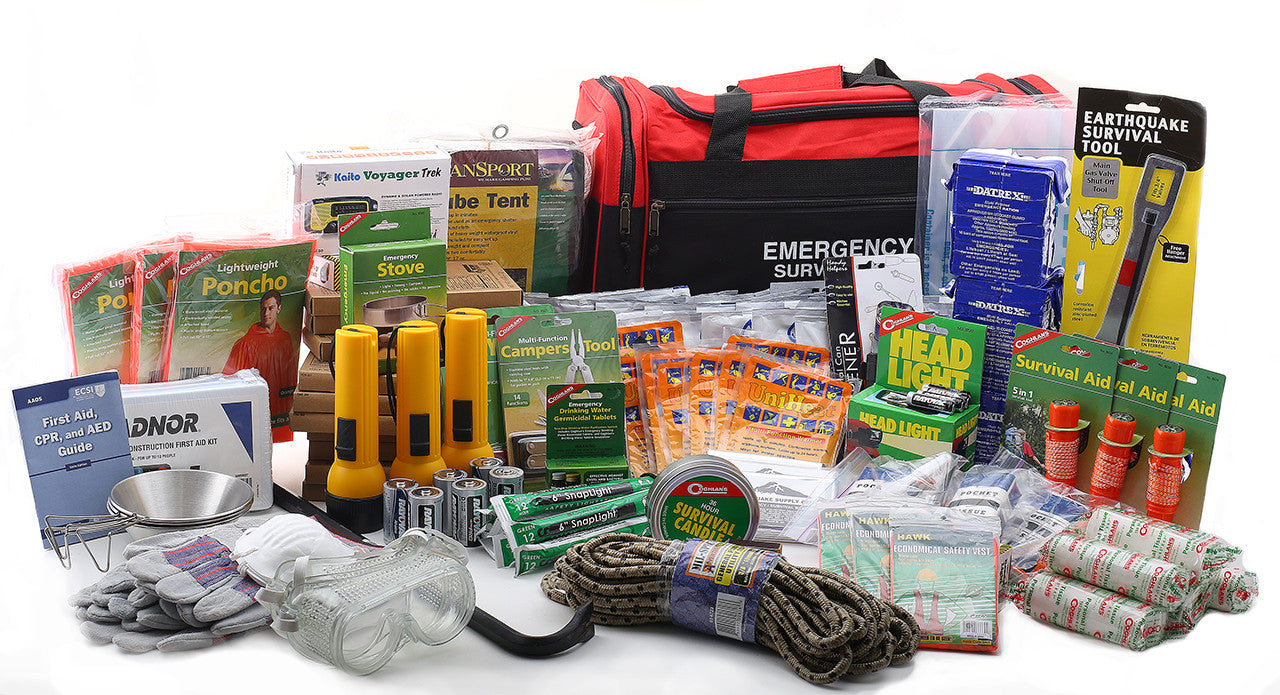Equip Yourself with Emergency Preparedness: Prepare, Be Resilient
Wiki Article
Vital Emergency Situation Readiness Tips for Survival
From setting up a well-equipped emergency package to establishing clear communication networks and emptying paths, there are several vital steps that can make a considerable distinction in the face of misfortune. By proactively attending to these essential elements of emergency situation preparedness, you can significantly improve your opportunities of survival in challenging circumstances (EMERGENCY PREPAREDNESS).Building an Emergency Situation Set

Beginning by including non-perishable food products like canned products, granola bars, and dried out fruits that have a lengthy service life and do not require food preparation. Remember to pack a guidebook can opener as well. Additionally, store a minimum of one gallon of water each each day for a minimum of 3 days in strong containers.
Keep duplicates of vital papers like identification documents, insurance policies, and emergency contact information in a water resistant container. By putting together a well-balanced emergency situation package, you can much better prepare on your own for unanticipated occasions and increase your possibilities of remaining risk-free during a dilemma.
Creating a Communication Plan
Putting together an emergency kit with crucial products sets a solid structure for readiness; currently, turning to the advancement of an interaction plan is critical for guaranteeing reliable sychronisation and details dissemination throughout times of crisis. A well-thought-out communication plan is necessary for maintaining individuals educated, connected, and secure in emergency situations. Use several interaction techniques such as text messages, phone calls, social media, and emergency situation alert systems to guarantee details gets to every person quickly.
Establishing Discharge Routes
To guarantee effective emergency reaction and precaution, developing clear emptying paths is critical in preparedness planning. Discharge routes must be predetermined and connected to all individuals in an offered location to ensure a swift and arranged discharge in times of dilemma. When developing emptying paths, it is essential to think about multiple options to account for different situations, such as fires, floods, or other emergency situations that might block primary retreat courses.The picked discharge paths must bring about marked risk-free locations where individuals can look for shelter and await more directions or support (look these up). These courses need to be easily available and well-marked, taking right into account the demands of all people, including those with specials needs or wheelchair constraints. Normal drills and technique runs along these emptying courses can help acquaint people with the retreat paths and guarantee an extra reliable emptying process during real emergencies
In addition to physical emptying paths, it is important to have alternative interaction methods in position to relay evacuation directions and updates efficiently. By developing and frequently evaluating discharge routes, areas can improve their total emergency preparedness and reaction capabilities.
Learning Basic First Help
One fundamental facet of emergency preparedness is acquiring understanding in fundamental initial help treatments. In times of situation or calamity, having the ability to provide immediate clinical help can make a substantial distinction in saving lives. Discovering basic emergency treatment equips people with the abilities to assess and react to usual injuries and medical emergencies efficiently.
Standard emergency treatment training commonly covers necessary techniques such as CPR, wound treatment, bandaging, splinting, and identifying indications of shock or respiratory distress. next page. Recognizing exactly how to administer these fundamental treatments properly can stabilize an individual's problem till professional medical assistance gets here
Furthermore, having a standard emergency treatment package readily offered is critical in emergency scenarios. The package should consist of necessary supplies like plasters, antibacterial wipes, gauze pads, sticky tape, tweezers, gloves, and scissors. Knowing exactly how to utilize these items appropriately can prevent infections, stop bleeding, and give convenience to those in demand.
Safeguarding Essential Papers

Final Thought
Building an emergency situation kit, developing a communication strategy, developing emptying routes, discovering basic very first aid, and protecting crucial files are essential actions to take. It is crucial to prioritize emergency readiness to ensure preparedness for any type of possible crises that might occur.From assembling a well-equipped emergency situation set to developing clear interaction channels and emptying courses, there are several Learn More important steps that can make a significant distinction in the face of misfortune.To guarantee effective emergency response and safety and security steps, establishing clear evacuation paths is paramount in readiness planning. When developing evacuation paths, it is necessary to consider multiple choices to account for various situations, such as fires, floodings, or other emergencies that may block primary escape paths.
Regular drills and method runs along these evacuation paths can help familiarize individuals with the getaway courses and guarantee a more efficient discharge process throughout actual emergency situations.
Building an emergency set, creating a communication strategy, establishing discharge courses, learning fundamental first help, and safeguarding vital papers are necessary actions to take.
Report this wiki page